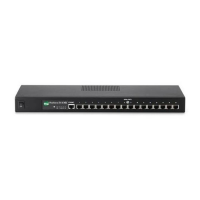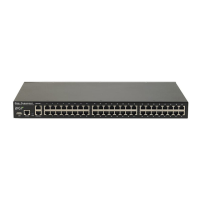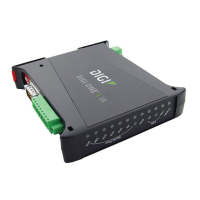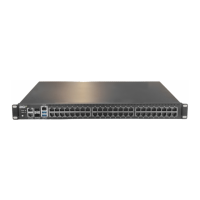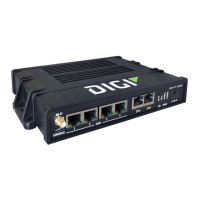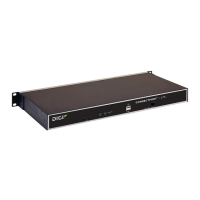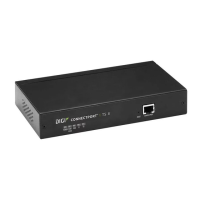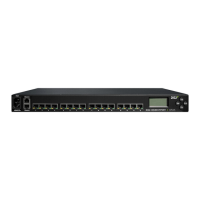90030500B Configuring RealPort Connections Page 151
Configuring PortServer II for RealPort Operation
To configure a PortServer II port to connect a “real” TTY to a host running RealPort:
1. Set authorization to allow the host running RealPort access to the serial port, by
entering a command in the following format:
set auth ip=<ipaddress> mask=<ip_mask> realport=<range>
<ipaddress>
is the IP address of the host, <ipmask> is the subnet mask, and
<range>
is the port number or range of numbers.
For example, to allow only host
198.83.159.2
to use RealPort with the
devices connected to ports 1 and 2 on PortServer II, enter:
set auth ip=198.83.159.2 mask=255.255.255.255 realport=1-2
To allow all the hosts on the same network as the host in the previous example to
use RealPort on the same ports, enter:
set auth ip=198.83.159.0 mask=255.255.255.0 realport=1-2
To allow all hosts on any network to connect, enter:
set auth ip=0.0.0.0 mask=0.0.0.0 realport=1-2
Note:
For more information on
set auth
options, refer to the
Command Ref-
erence Guide
.
2. If necessary because of conflicts, change the RealPort TCP port number, by
entering a command in the format:
set config realport=<tcp_port_number>
Important:
The RealPort TCP port number (
<tcp_port_number>
) has a
default value of 771. If you have to change this value because of
conflicts, you must change the port number used by the RealPort
drivers to the new value. Refer to the
RealPort Device Driver
Software Manual
for your operating system for more information.
3. Set the device type for the port, by entering a command in the format:
set port dev=<type>
If the port has a three-wire connection that does not need modem signals, set the
device type set to
prn
. (The RealPort driver will see the actual state of the modem
signals regardless of the device type setting.)
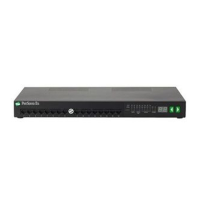
